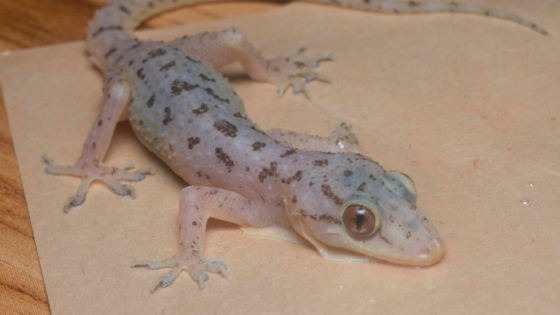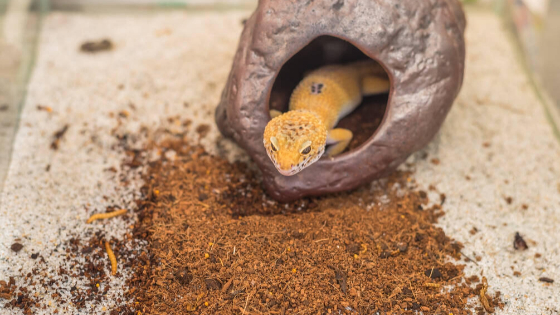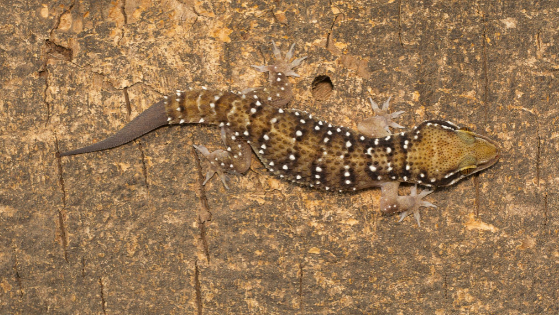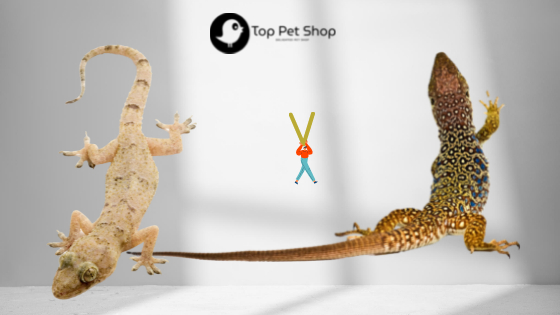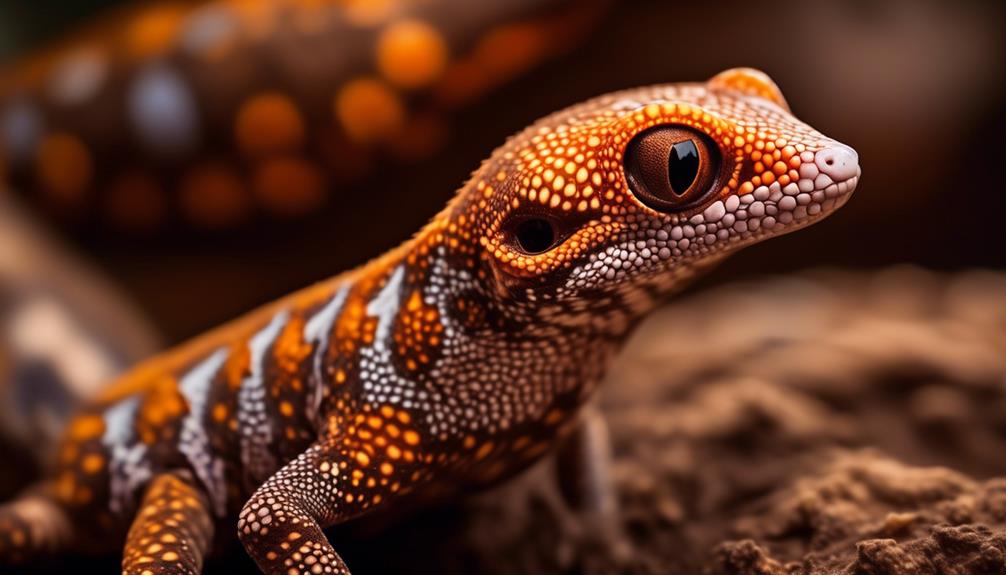
Welcome to the captivating world of the African fat-tailed gecko, a remarkable creature that has gained popularity as a unique and colorful pet. With their distinctive physical characteristics and captivating mix of brown and tan/beige stripes, these terrestrial geckos from West Africa have captured the attention of enthusiasts worldwide.
But there’s more to these geckos than meets the eye. In this article, we will explore their behavior, diet, survival tactics, and the growing trend of keeping them as pets. From their ability to lose and regenerate their tails to their strictly nocturnal habits and specialized housing requirements, there is much to discover about these fascinating creatures.
So, come along as we embark on a journey into the captivating world of the African fat-tailed gecko.
Key Takeaways
- African fat-tailed geckos are terrestrial geckos found in West Africa, known for their moveable eyelids, vertical pupils, and lack of adhesive lamellae.
- They have a unique appearance with brown and tan/beige stripes, a possible white stripe along the back, and a pale pink or off-white underbelly.
- These geckos inhabit various habitats, including dry Sahel and wet or dry savannah, and prefer dark, humid hiding places like termite mounds.
- African fat-tailed geckos are strictly nocturnal, have the ability to lose their tails when threatened, and rely on their fat storage in the tail for survival and energy needs.
Physical Characteristics
The physical characteristics of the African fat-tailed gecko make it a unique and fascinating reptile to own as a pet. Belonging to the subfamily Eublepharinae, these geckos are terrestrial with moveable eyelids, vertical pupils, and no adhesive lamellae. They typically measure around 7–8 inches in size and have a brown and tan/beige striped coloration, with a possible thin white stripe along the back. The underbelly is pale pink or off-white.
Found in West Africa, from Senegal to Nigeria, African fat-tailed geckos inhabit dry Sahel habitat as well as wet or dry savannah habitat. They prefer dark, humid hiding places like termite mounds. These geckos are strictly nocturnal, taking shelter during the day and emerging at night to forage.
Distribution and Habitat
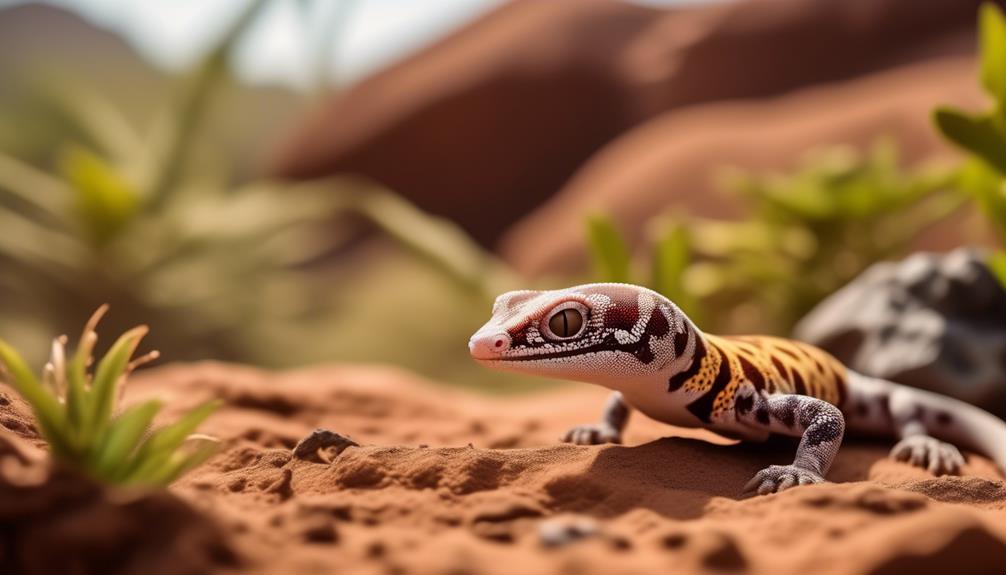
African fat-tailed geckos can be found in various regions of West Africa, from Senegal to Nigeria, and marginally extending into Central Africa. They inhabit a range of habitats including dry Sahel areas as well as wet or dry savannah environments.
These geckos prefer dark and humid hiding places such as termite mounds. It is worth noting that geckos in different regions of Africa exhibit variations in physical attributes, which are influenced by their specific habitats. These variations include differences in size, scale pattern, and color, which serve as adaptations to help them defend against predators and ensure successful reproduction.
Understanding their distribution and habitat is essential for providing appropriate care and creating a suitable environment for African fat-tailed geckos as pets.
Behavior
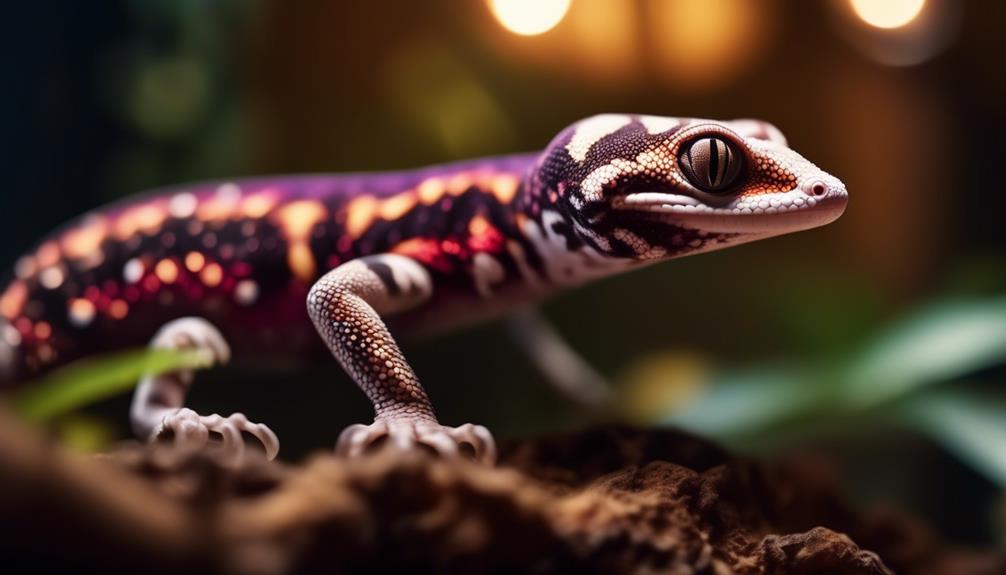
Understanding the behavior of African fat-tailed geckos is crucial for providing appropriate care and creating a suitable environment for these fascinating reptiles. When threatened or attacked, African fat-tailed geckos have the ability to lose their tails. The new tail that grows back may have a more rounded shape and may not match the body coloration. The tail serves as a fat storage and an energy reserve for these geckos.
They are strictly nocturnal, taking shelter during the day and emerging at night to forage. African fat-tailed geckos hide under various covers during the day, such as burrows, rocks, or fallen logs. By understanding these behaviors, owners can ensure that their geckos have the appropriate hiding places and are provided with a nocturnal lifestyle to thrive in captivity.
Diet and Survival
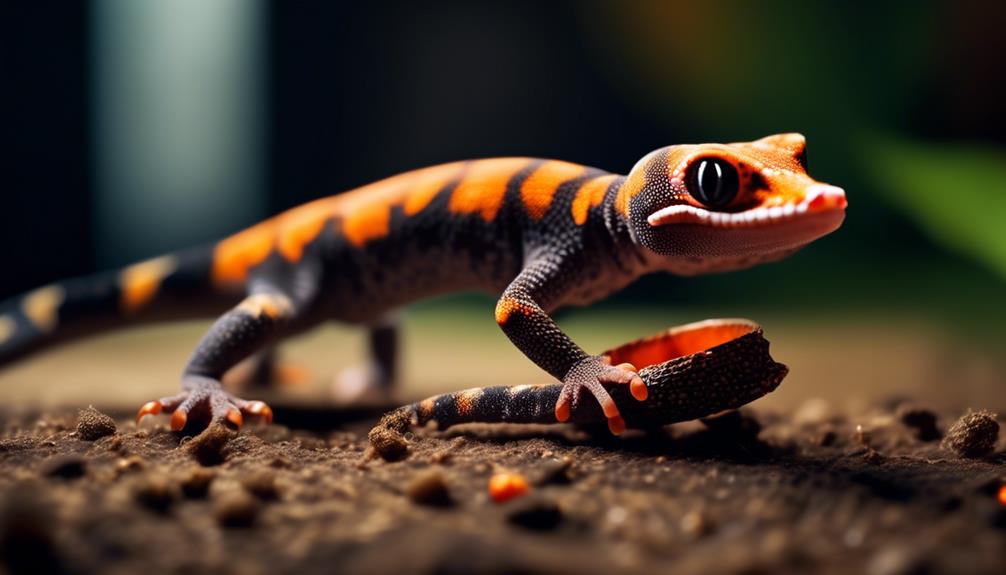
In order to thrive and survive, African fat-tailed geckos rely on a primarily insectivorous diet. These geckos feed on various kinds of insects and other invertebrates in their habitats. Their diet includes worms, crickets, beetles, and cockroaches.
They have adapted to go without food for days by relying on their fat storage in the tail, which serves as an important energy reserve. The tail is crucial for their survival and energy needs.
Popularity in the Pet Trade
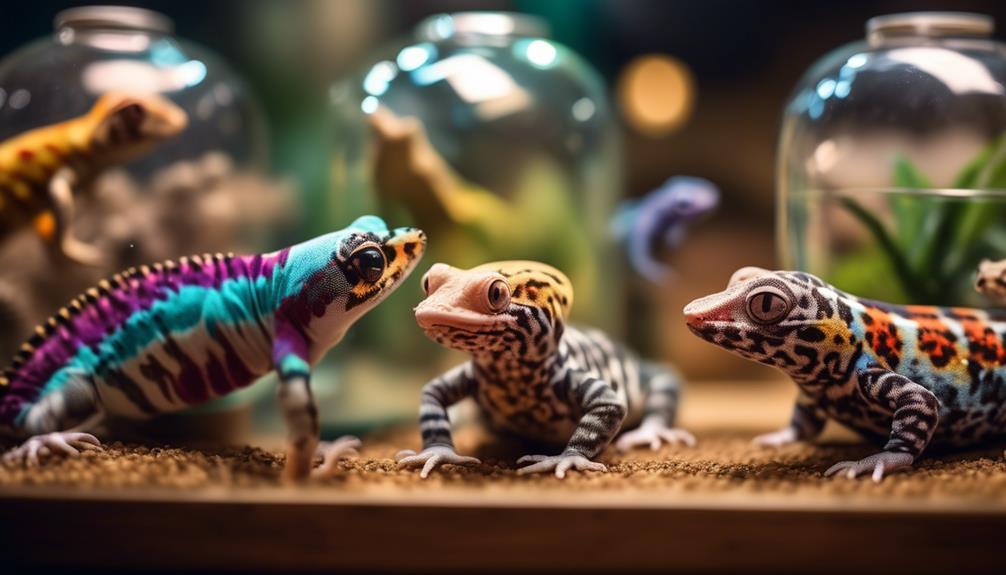
The African fat-tailed gecko has gained considerable popularity in the pet trade due to its unique characteristics and availability in various color variants. While not as popular as leopard geckos, these geckos have become sought after by reptile enthusiasts.
They have a lifespan of 15-20 years with proper care, making them a long-term commitment for pet owners. One of the reasons for their popularity is the result of selective breeding, which has produced numerous color variations such as tangerine, albino, patternless, black out, and aberrant.
These different color morphs add to their aesthetic appeal and attract pet owners looking for a visually striking reptile. Additionally, their docile nature and ease of care have made them a desirable choice for both beginner and experienced reptile keepers.
Lifespan and Care
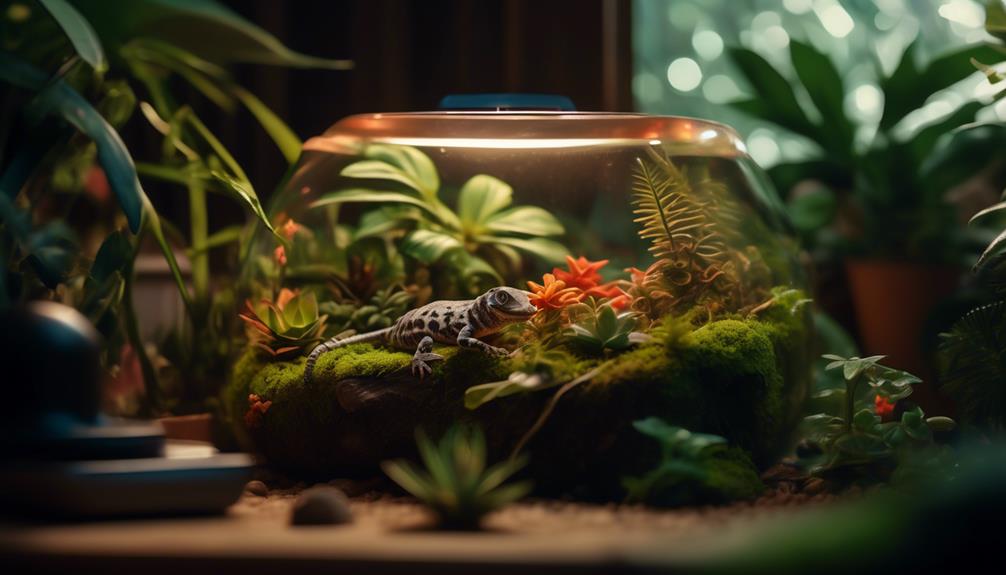
African fat-tailed geckos require proper care and attention to ensure a long and healthy lifespan as pets. Here are some important considerations for their care:
- Habitat: Provide a spacious enclosure with a temperature gradient of 78-88°F and a humidity level of 60-70%.
- Substrate: Use a substrate that retains moisture, such as coconut fiber or cypress mulch, to create a humid environment.
- Lighting: Provide a UVB light source to simulate natural sunlight and aid in calcium absorption.
- Diet: Feed a varied diet of appropriately sized insects, such as crickets, mealworms, and dubia roaches, dusted with calcium and vitamin supplements.
- Handling: Handle your gecko with care and avoid excessive stress, as they may drop their tails when threatened.
Color Variants
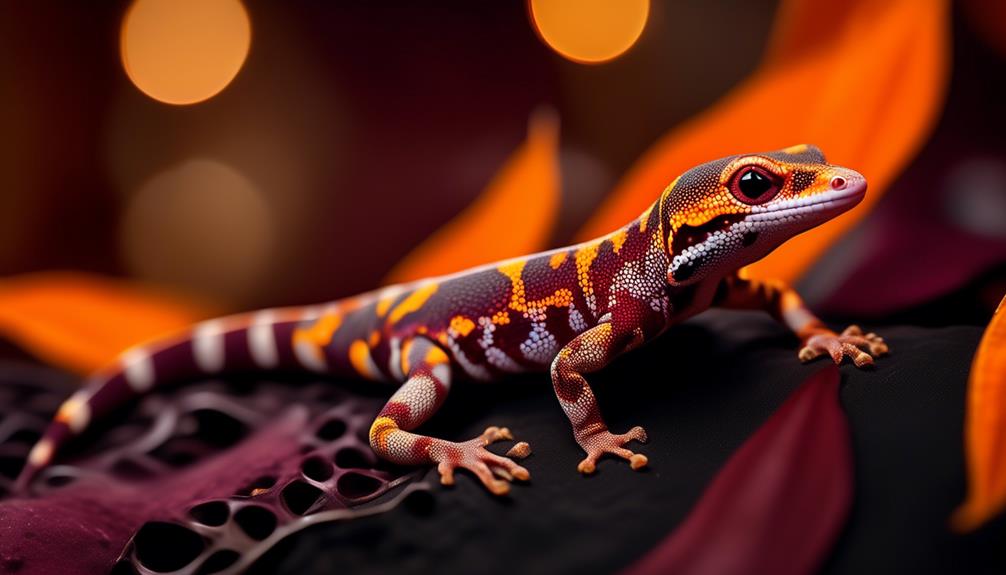
There are several distinct color variants of the African fat-tailed gecko that have been selectively bred in the pet trade. These color variants add to the uniqueness and beauty of this reptile species.
One popular color variant is the tangerine, which has bright orange or reddish-orange scales. Another color variant is the albino, which lacks pigment and has a creamy white or pale yellow coloration. The patternless variant, as the name suggests, lacks the typical stripes or patterns seen in the normal coloring of the species. The black out variant has a dark, almost black coloration. Lastly, the aberrant variant displays unusual or abnormal color patterns, making each individual gecko truly one-of-a-kind.
These color variants make the African fat-tailed gecko an attractive and captivating pet choice for reptile enthusiasts.
Comparison to Leopard Geckos
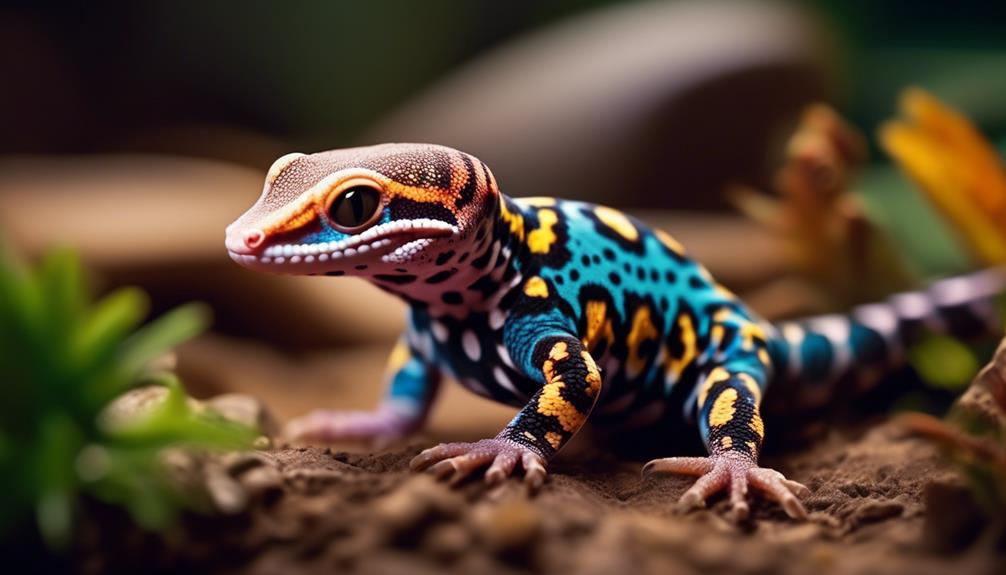
In contrast to their closely related African fat-tailed gecko counterparts, leopard geckos possess distinct characteristics that set them apart in the realm of reptile pets.
Here are five key differences between the two:
- Leopard geckos belong to the subfamily Eublepharinae, just like African fat-tailed geckos.
- Unlike African fat-tailed geckos, leopard geckos lack moveable eyelids.
- Leopard geckos have horizontally elongated pupils, while African fat-tailed geckos have vertical pupils.
- In terms of size, leopard geckos tend to be slightly larger, reaching lengths of 8-10 inches.
- While African fat-tailed geckos have brown and tan/beige stripes, leopard geckos have a distinct spotted pattern with a range of colors, including yellow, orange, and white.
These differences contribute to the unique appeal and personality of leopard geckos, making them a popular choice among reptile enthusiasts.
Availability as Pets
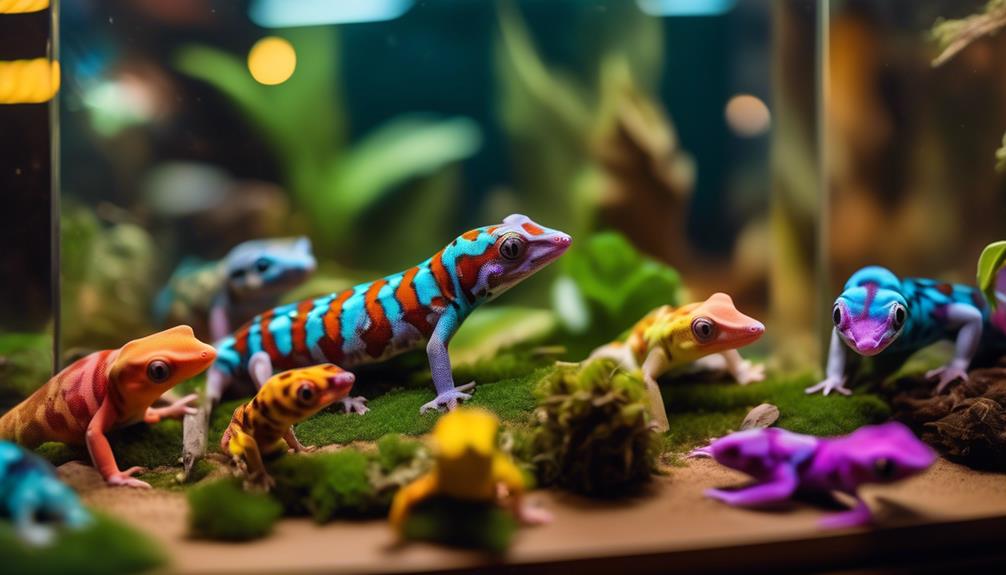
The popularity of African fat-tailed geckos as pets has been steadily increasing in recent years due to their unique characteristics and availability in the pet trade. While not as popular as leopard geckos, these geckos have gained a following among reptile enthusiasts.
Their lifespan of 15-20 years, when provided with proper care, makes them a long-term commitment for pet owners. In addition, selective breeding has resulted in a wide range of color variants, such as tangerine, albino, patternless, black out, and aberrant, adding to their appeal.
Breeding techniques have also contributed to their availability in the pet market. As a result, more and more people are discovering the joy of owning these colorful and fascinating creatures.
Breeding Techniques
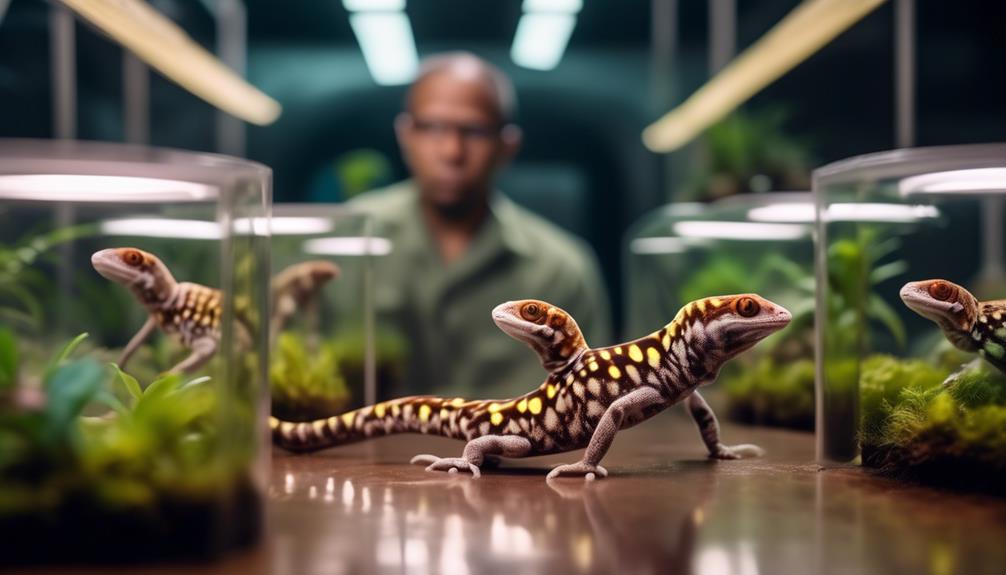
Breeding African fat-tailed geckos requires a careful understanding of their reproductive behavior and specific breeding techniques. To successfully breed these unique pets, here are five important techniques to consider:
- Temperature and humidity control: Maintaining the correct temperature and humidity levels in the breeding enclosure is crucial for successful breeding. This can be achieved using heat lamps, heating pads, and misting systems.
- Introducing a male and female pair: Select a healthy male and female gecko and introduce them into the breeding enclosure. It is important to monitor their behavior and ensure they are compatible.
- Providing suitable nesting areas: African fat-tailed geckos require appropriate nesting areas to lay their eggs. Provide a suitable substrate and hiding spots for the female to lay her eggs.
- Incubation of eggs: Once the eggs are laid, they need to be carefully incubated at the correct temperature and humidity levels. This can be achieved using an incubator or a specially designed container.
- Caring for hatchlings: Once the eggs hatch, it is important to provide proper care for the hatchlings. This includes maintaining the correct temperature and humidity levels, providing suitable food, and monitoring their growth and development.
Unique Adaptations
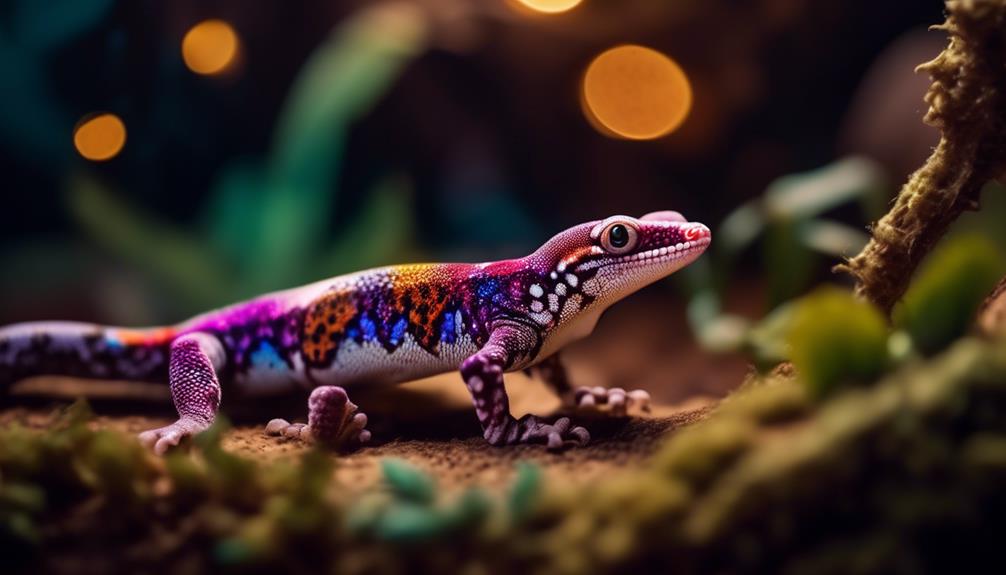
With their remarkable ability to regrow a new tail and their unique color variations, African fat-tailed geckos possess a range of fascinating adaptations that set them apart in the world of reptiles.
When threatened or attacked, these geckos can lose their tails, but unlike many other reptiles, they have the ability to regrow a new one. The new tail may not match the body coloration and has a more rounded shape. The tail serves as a fat storage and an energy reserve, allowing them to survive without food for several days.
Additionally, African fat-tailed geckos exhibit a wide range of color variations, including tangerine, albino, patternless, black out, and aberrant. These unique adaptations make them highly sought after in the pet trade and fascinating creatures to observe and care for.
Proper Housing and Environment
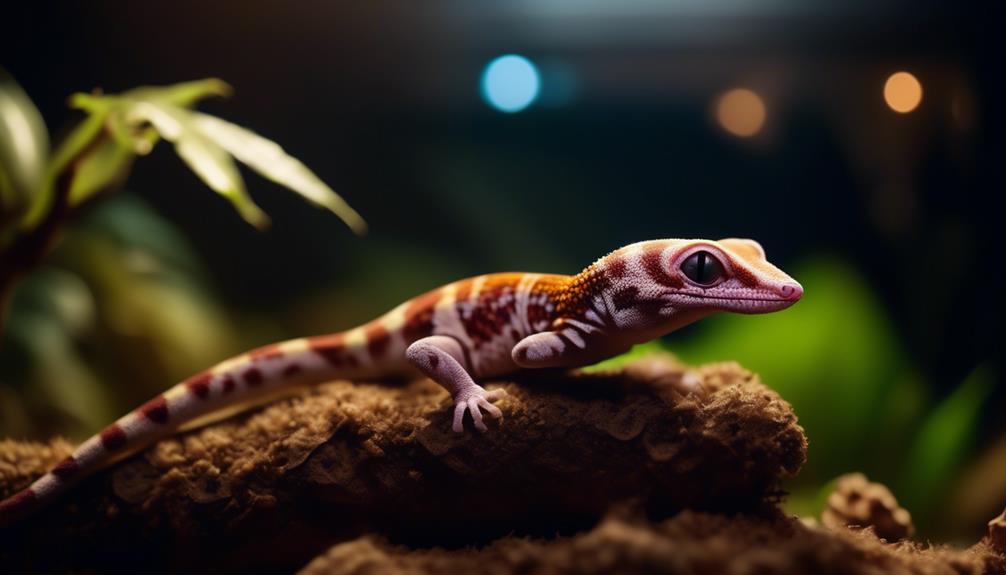
To ensure the health and well-being of African fat-tailed geckos, it is crucial to provide them with proper housing and an appropriate environment. Here are five important factors to consider:
- Enclosure size: Provide a spacious enclosure that allows for natural movement and climbing. A 20-gallon tank is suitable for a single gecko.
- Substrate: Use a substrate that mimics their natural habitat, such as coconut fiber or reptile carpet. Avoid using loose substrates that can be ingested and cause digestive issues.
- Temperature and humidity: Maintain a temperature gradient of 75-85°F during the day and a slight drop at night. Provide a humidity level of 50-70% to support shedding and overall health.
- Hideouts: Offer multiple hiding spots, such as cork bark or artificial caves, to provide security and reduce stress.
- Lighting and UVB exposure: Use a full-spectrum UVB light to provide the necessary ultraviolet radiation for proper calcium metabolism and overall well-being.
Tips for Keeping an African Fat-Tailed Gecko as a Pet
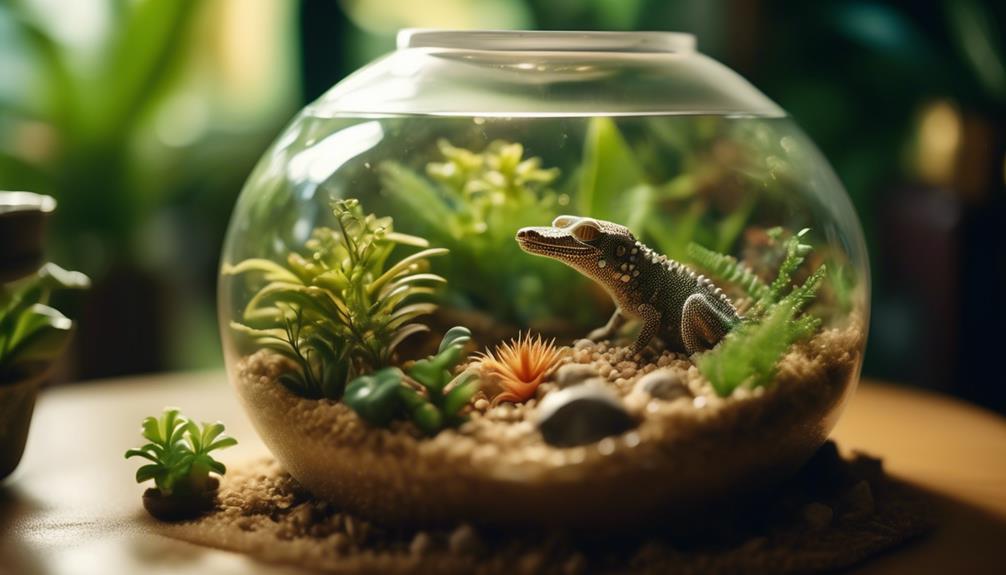
When it comes to keeping an African fat-tailed gecko as a pet, there are several important tips to ensure their health and happiness in their new home.
First and foremost, it is crucial to provide them with a suitable enclosure. A 20-gallon tank is recommended for one gecko, with additional space for each additional gecko. The enclosure should have a secure lid to prevent escape and proper ventilation to maintain air quality.
Temperature and humidity levels are also vital. The tank should have a temperature gradient ranging from 88-92°F on the warm side and 75-80°F on the cool side. The humidity should be kept between 40-60%.
Additionally, it is essential to provide a hiding place, such as a small cave or rock, to allow the gecko to feel secure.
Finally, a proper diet consisting of gut-loaded insects and occasional supplementation with calcium and vitamins is necessary for their well-being.
Frequently Asked Questions
Are African Fat-Tailed Geckos Venomous?
No, African fat-tailed geckos are not venomous. They are harmless reptiles that primarily feed on insects and have no venomous glands. Their popularity as pets is due to their unique color variants and their ability to thrive in captivity with proper care.
Can African Fat-Tailed Geckos Be Kept in Groups or Do They Need to Be Housed Individually?
African fat-tailed geckos can be kept in groups or individually depending on their behavior and compatibility. Some individuals may thrive in a group setting, while others may prefer solitary housing to reduce stress and aggression. It is important to monitor their interactions and provide appropriate space and resources for each gecko.
Do African Fat-Tailed Geckos Require Any Specific Lighting or Heating Requirements?
African fat-tailed geckos require specific lighting and heating requirements to thrive in captivity. They need a temperature gradient ranging from 75-85°F during the day and a slight drop at night, along with UVB lighting to mimic natural sunlight.
How Often Do African Fat-Tailed Geckos Shed Their Skin?
African fat-tailed geckos typically shed their skin every 2-4 weeks. The shedding process involves the gecko’s old skin peeling off in pieces. Adequate humidity levels and a proper diet contribute to successful shedding.
Can African Fat-Tailed Geckos Be Handled and Interacted With Like Other Pet Reptiles?
Yes, African fat-tailed geckos can be handled and interacted with like other pet reptiles. However, it is important to handle them gently and with care, as they may become stressed or agitated if mishandled.
Are African Fat-Tailed Geckos and Crested Geckos Suitable as Pets for Beginners?
African Fat-Tailed Geckos and Crested Geckos are both great options for beginners. They are docile and easy to care for. The crested gecko taxonomic journey has led to a better understanding of these unique creatures. With proper research and preparation, both geckos can make wonderful pets for beginners.
Conclusion
In conclusion, the African fat-tailed gecko is a captivating and unique pet with its distinctive physical characteristics and diverse habitat. Its ability to lose and regenerate its tail, nocturnal habits, and insectivorous diet make it an intriguing creature to study.
The popularity of keeping these geckos as pets continues to grow, with various color variants available to enthusiasts. Proper care and housing are essential for their well-being.
Overall, the African fat-tailed gecko is a remarkable addition to the world of exotic pets.

